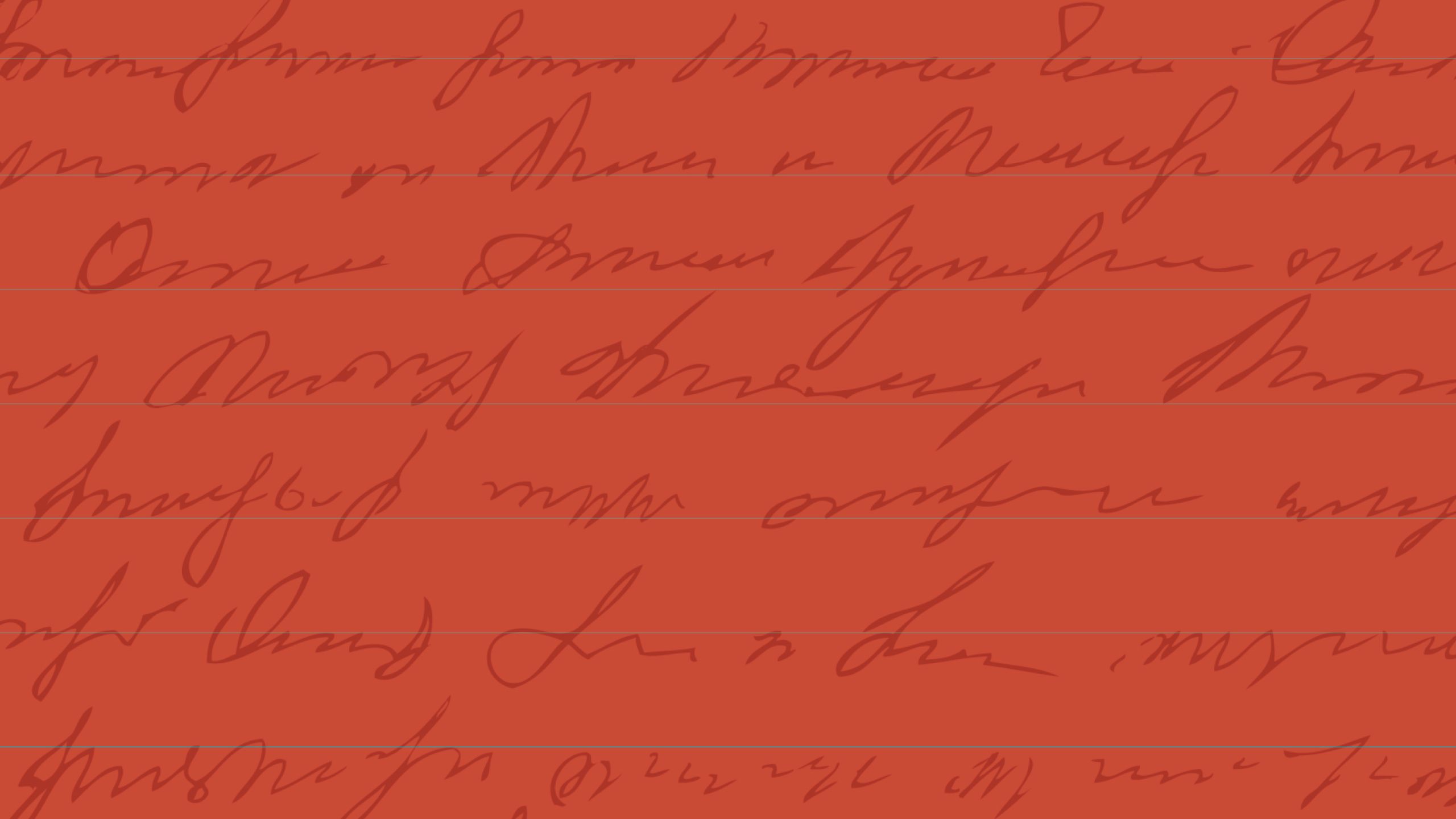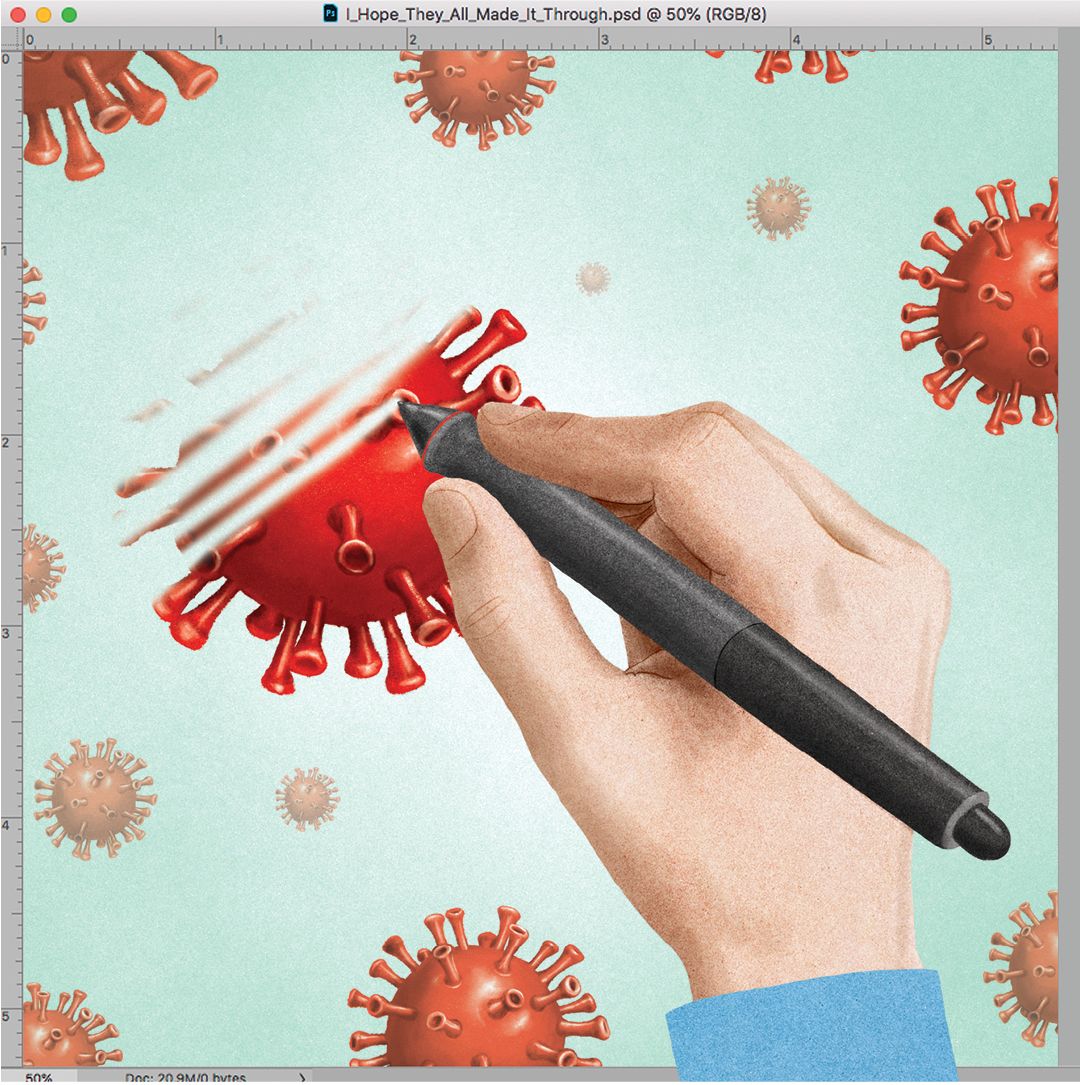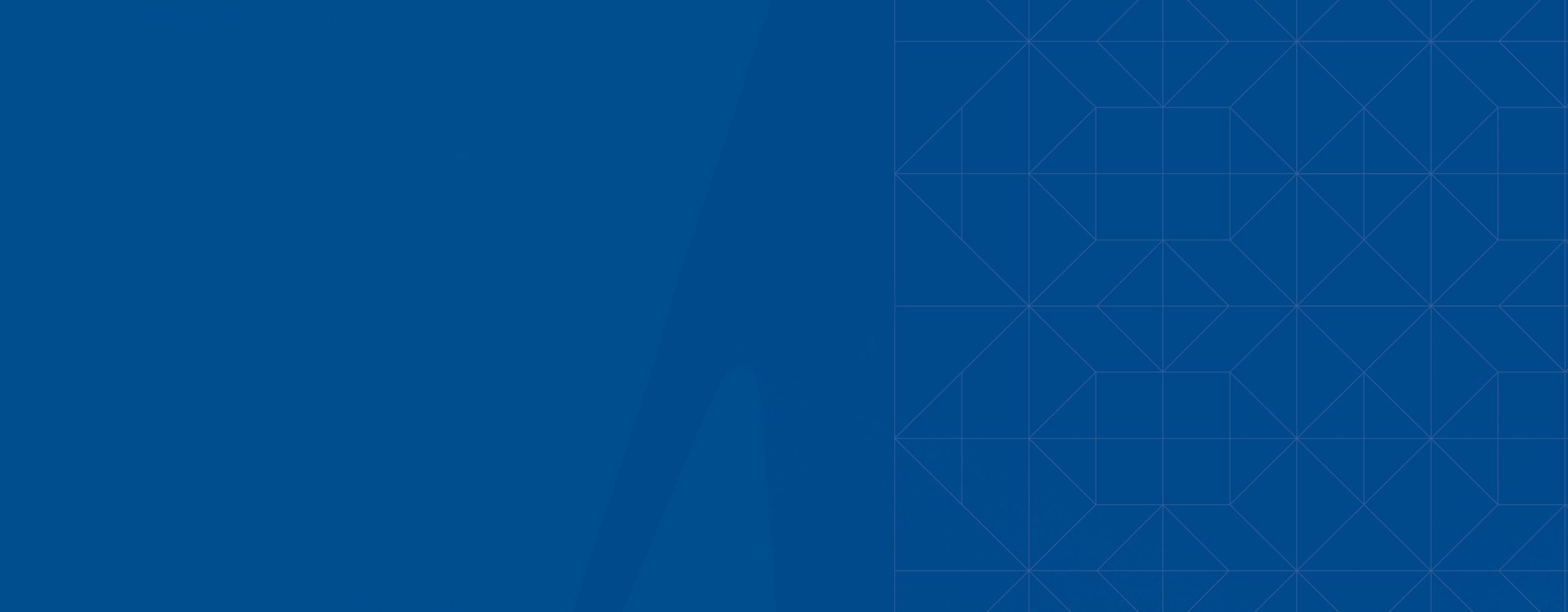Our Year of Living Dangerously | Konomos

‘I Hope They All Made It Through’
By Michael Konomos
Konomos leads the Visual Medical Education (VME) team for Emory School of Medicine.

When I chose to become an artist-scientist who depicts the intricate workings of the human body, I knew my work would be important in the training and teaching of medical teams and in communicating important information to the public.
We were used to tight deadlines on projects. But illustrating urgent health messages in real time during a pandemic to communicate to healthcare workers and the public how best to survive—the stakes were higher than ever before.
I was at Emory during the time we cared for the country’s first Ebola patients and remember that once the news vans showed up, the physicians were too busy caring for patients to work with our VME team. In February I started to think COVID-19 might come to the US in a small, contained way, much like Ebola.
Not wanting to miss being part of Emory’s critical response, I built a 3D model of SARS-CoV-2, the virus that causes COVID, on the night of February 11, 2020. That whole week I had researched journal articles and contacted labs who were mapping this new virus. This was the first of many weeks in which I would work 70 to 80 hours.
I remember listening to the song “Don’t Fear the Reaper” while I was working alone in the office late one night as my wife and children slept at home, wondering what was about to happen.
After connecting with Emory’s Serious Communicable Diseases Program in the first week of March, our team’s work took a very different turn. We focused less on depicting the virus itself, and more on showing—in photos, videos, and illustrations—the proper way for people to wear personal protective equipment (PPE).
In particular, we drew training materials that showed people putting on and taking off PPE like masks and gowns.
General PPE guidance was widely available prior to the pandemic, and staff were well-trained in its use as it related to routine duties. But COVID presented some new challenges, such as PPE shortages, which require a different process to safely reuse pieces of equipment.
Emory Healthcare was among the first to adapt procedures to preserve supplies. We did our first educational handout in a single day, something that normally would have taken weeks. We also started directing PPE training videos. We would film a video, edit, and post it in a day. The pace was insane.
Our team was invited to work with the Emory Center for Digital Scholarship to film the putting on and taking off of PPE (“donning and doffing”).
We filmed at the isolation unit at Emory University Hospital so we could provide the proper context. This is where the Ebola patients had been cared for a few years before. It was surreal. In the midst of filming, we had to stop and scramble to relocate the shoot because Emory’s first COVID patient was being admitted to the unit.
A few days later, in mid-March, we were filming a PPE fitting and training session. By then, we understood the gravity of what was coming. I looked around at these brave young health care workers. We knew global PPE supplies would be limited. It felt like we were preparing for war. My eyes welled up as I wondered if each of the young people practicing donning and doffing would make it through this.
It was a deeply moving scene to bear witness to, that these health care workers would be willing to show up and risk so much for others.
The work kept coming. We ramped up our efforts and brought in more medical illustrators to help with the overflow. The graphics and videos we posted to Emory’s Serious Communicable Diseases Program site were viewed by people from around the world. Providers wrote from rural US hospitals, US military bases, hospitals in Puerto Rico, the Philippines, and Tanzania to thank us or give feedback. Our analytics showed the materials also being used in Brazil, Russia, Malaysia, Columbia, Pakistan, South Africa, and many other nations. It was meaningful work.
Since April 2020, I have been continuing COVID-related work from home. I can’t help being overcome as I think about the health care workers at Emory, and around the world, who put on PPE and go to work each day in a COVID unit.
I hope they all made it through.


